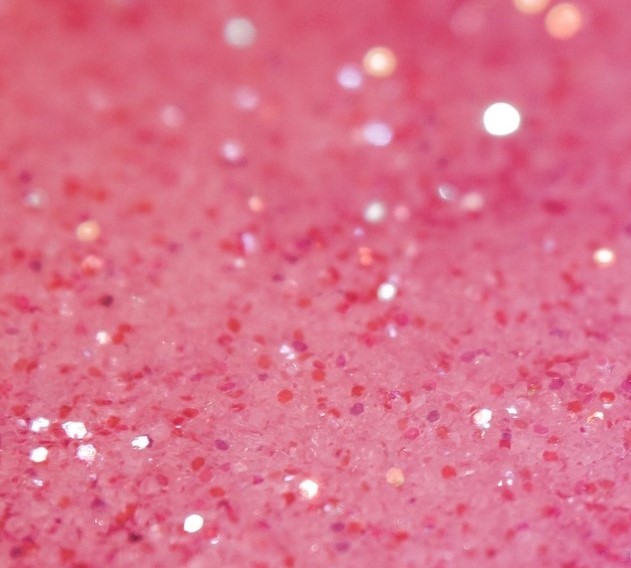There’s a warning about a dangerous bacteria that might have infected a local woman who’s still recovering after nearly two months in the hospital. An online fundraising effort says she contracted the bacterial infection after eating fish and is now a quadruple amputee.
The Centers for Disease Control and Prevention (CDC) recently issued a warning about a bacterial infection that people can get by eating raw or undercooked fish or by exposing an open wound to coastal waters. A friend tells us this San Jose woman likely got this specific infection after eating undercooked tilapia.
A San Jose mother’s life is changed forever. Laura Barajas, 40, has had her limbs amputated while battling a bacterial infection.
“It’s just been really heavy on all of us. It’s terrible. This could’ve happened to any of us,” said Barajas’ friend Anna Messina.
Messina says back in late July Barajas had bought tilapia from a local market for dinner. She cooked it and ate it alone. Within days, she got very ill and was then hospitalized.
“She almost lost her life. She was on a respirator,” Messina said. “They put her into a medically induced coma. Her fingers were black, her feet were black her bottom lip was black. She had complete sepsis and her kidneys were failing.”
Now, a month and a half later, Barajas is without her arms and legs.
Messina believes the infection was caused by Vibrio vulnificus — a bacterial infection the CDC has been warning about.
“The ways you can get infected with this bacteria are one-you can eat something that’s contaminated with it the other way is by having a cut or tattoo exposed to water in which this bug lives,” said UCSF Infectious Disease Expert Dr. Natasha Spottiswoode.
Spottiswoode says the bacteria is especially concerning for people who are immunocompromised.
The CDC says about 150-200 cases of the infections are reported each year and about one in five people with the infection die — sometimes within one to two days of becoming ill.
“People should take sensible precautions like if you have a cut avoid getting immersed in water until it’s well healed,” Spottiswoode said. “If you are someone immunocompromised keeping an eye on these things and avoiding those high-risk activities and foods.”
Messina says she and Barajas’ family are still waiting to learn more about what happened. She hopes people realize how precious life can be.
“Be thankful for what we have right now because it can be taken away so quickly so easily,” Messina said.
Messina has set up a GoFundMe to help with her friend’s medical expenses. So far, it has raised more than $20,000.
New nightmare unlocked.
…And I’m having fish for dinner tonight. That fish is getting cooked ‘till its crispy.
As much as I like seared salmon, blackened is tasty too.
Just don't make it a regular thing cause then you have to worry less about losing your limbs and more about cancer.
Burn it
More info on the bacteria here: https://en.wikipedia.org/wiki/Vibrio_vulnificus
"Vibrio vulnificus wound infections have a mortality rate around 25%. In people in whom the infection worsens into sepsis, typically following ingestion, the mortality rate rises to 50%."
"Increasing seasonal temperatures and decreasing salinity levels seem to favor a greater concentration of Vibrio within filter-feeding shellfish of the U.S. Atlantic seaboard and the Gulf of Mexico, especially oysters (Crassostrea virginica)."
Brutal numbers.
No mention on if she was immunocompromised
Vibrio pathogens are everywhere. They're how many fish(pufferfish), invertebrates(blue ringed octopus) and amphibians get their toxins. They include this fine flesh eating pathogen as well as our good friend king Cholera.
From: https://www.cdph.ca.gov/Programs/CID/DCDC/CDPH%20Document%20Library/VibriosisEpiSummary2013-2019.pdf
Epidemiology of Vibriosis in California, 2013-2019
During the surveillance period, V. parahaemolyticus was the most common species identified
as the cause of vibriosis (845 cases, 50.0% of cases), followed by V. alginolyticus (269 cases,
15.9%) and non-toxigenic V. cholerae (91 cases, 5.4%). Thirty cases (1.8%) of V. vulnificus
were reported. Among the 1,481 cases with complete hospitalization information, 287 (19.7%)
of 1,454 non-V. vulnificus cases were hospitalized and 23 of 27 (85%) of V. vulnificus cases
were hospitalized. Deaths were reported among 30 (1.8%) case-patients at the time of case
report. Of these deaths, 10 (33.3%) had V. vulnificus infection and the others had infection with
another Vibrio or unidentified species.The spread of Vibrio vulnificus as a result of warming coastal waters seems worthy of concern. Though uncommon, it is far more dangerous than other Vibrio species. Anything that could raise the incidence of infection is very bad.
Really glad I hate seafood right now.
Great, and we just bought a big pack of frozen tilapia. I guess these are getting extra cooking time.
Frozen is fine, it's the fresh and never frozen you gotta worry about.
deleted by creator
you know what you don't get bacteria from? Veggies. Just sayin'
bruh the # of ecoli, lysteria, noroviruses veggie recalls are staggering compared to this fish.
Plenty of examples of improper wash water management causing salmonella, lysteria or e coli, especially in "ready to eat" leafy greens. They literally grow in bacteria and fungi contaminated media, because it's awesome for them. Your veggies will absolutely be contaminated and that is why proper washing and cooking is necessary
Well, apart from all the salmonella outbreaks linked to vegetables you mean?
yeah, because they use animal poo. So many diseases are caused by animals.
damn should we cull all the animals???
Oh shit good point, what's gonna happen to all the livestock animals that are alive right now?






